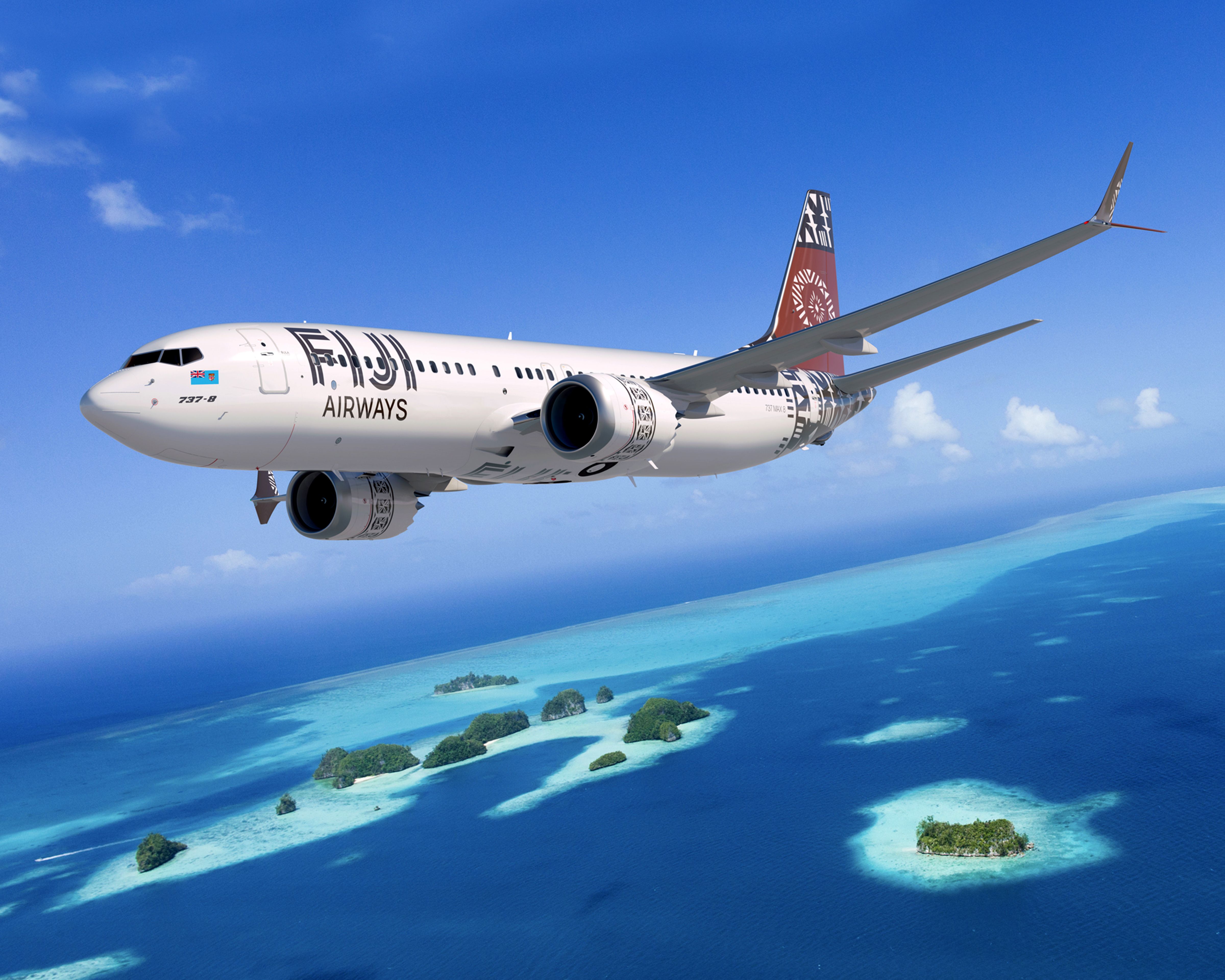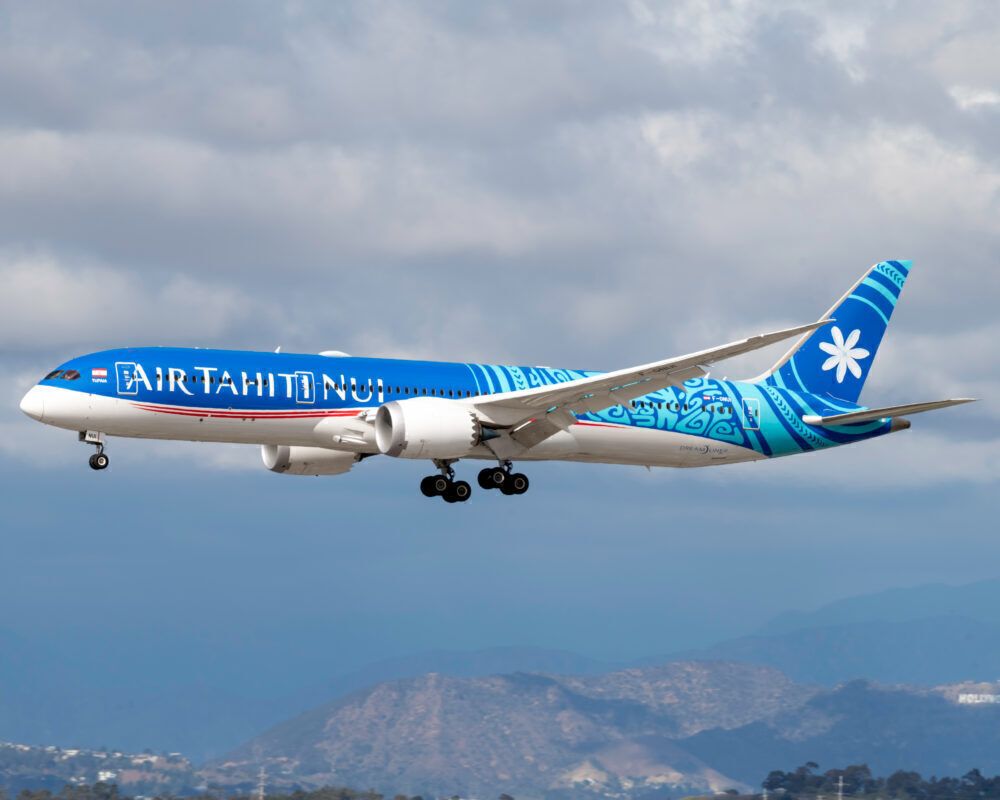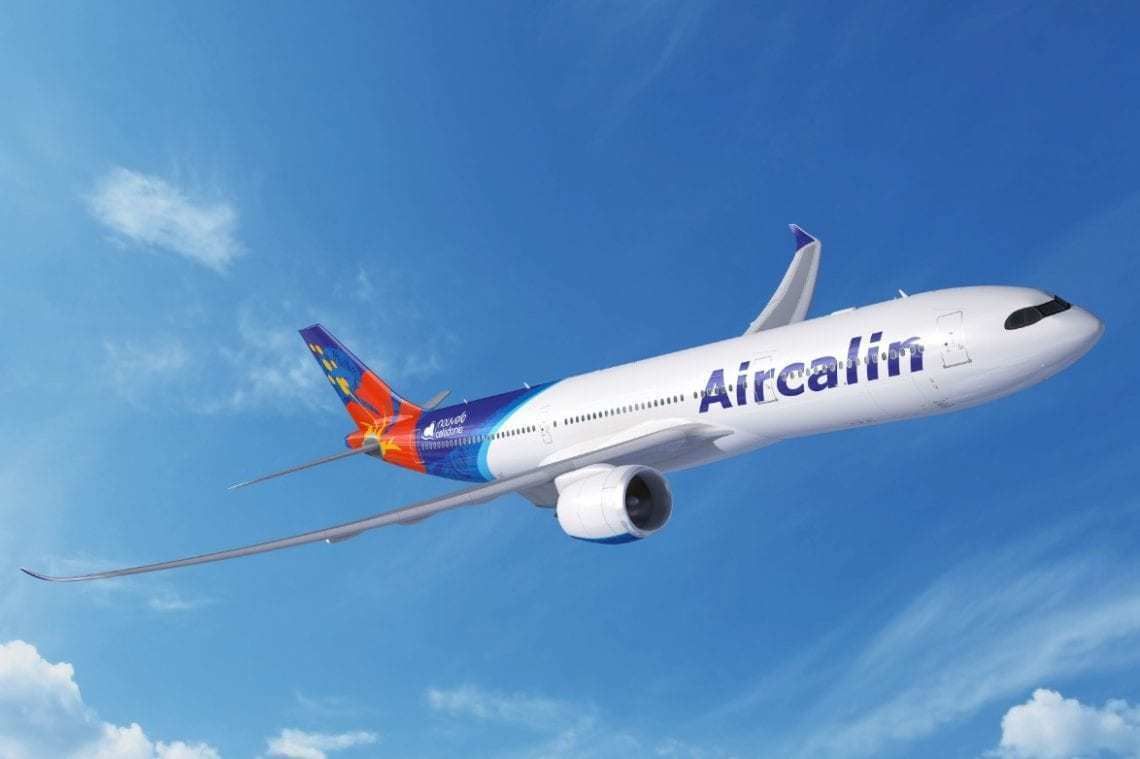Last week in Montreal, Canada, the International Civil Aviation Organization (ICAO) held its ICAO 41st Assembly. One of the items on the agenda was the launch of the Pacific Regional Aviation Strategic Plan for 2022-2032, a document developed with input from the Pacific Island States, ICAO and the Pacific Aviation Safety Office (PASO).
The Pacific Island States represented by the strategy include Australia, Cook Islands, Federated States of Micronesia, Fiji, French Polynesia, Kiribati, Nauru, New Caledonia, New Zealand, Niue, Palau, Papua New Guinea (PNG), Republic of Marshall Islands, Samoa, Solomon Islands, Tuvalu, Tonga and Vanuatu. Travelers flying across the Pacific would have passed over many of these nations, all of which rely heavily on reliable air transport options to keep connected. Looking beyond Qantas and Air New Zealand, some of the region's leading airlines include Fiji Airways, Air Tahiti Nui, Air Niugini, Nauru Airlines, Aircalin, Air Kiribati, and Samoa Airlines.
A mix of short and long-haul aircraft
To give an idea of what some of these airlines look like, we turned to ch-aviation.com for fleet data on Fiji Airways, Aircalin, Air Niugini and Air Tahiti Nui. As expected, the fleets are small, with the airlines having 18, five, 25 and four aircraft, respectively. Fiji Airways has an impressively young fleet with an average of seven years, with its newest aircraft being two Airbus A350-900s and five Boeing 737 MAX 8s. It also has four A330s, two ATR72s, one 7373-800 and wet leases four DHC-6 Twin Otter seaplanes.
Long-haul specialist Air Tahiti Nui has four Boeing 787-9s, while New Caledonia's Aircalin has two A330neos, one A320neo, and two Twin Otters. Being on the Pacific Rim, Air Niugini's fleet is centered more around regional connectivity and connections to Australia than tourist hotspots. In terms of jets, it has one 737-800, two 767-300ERs, seven Fokker F100s and six F70s. The balance of its fleet is nine De Havilland Dash-8, which are wet-leased.
ICAO Secretary general Juan Carlos Salazar said the new strategy "is a major turning point for the Pacific Sub-region" and that ICAO's Asia-Pacific regional office had been actively engaged in building a closer working relationship between ICAO and the small island nations. He also said:
"I wish to emphasize ICAO's unwavering commitment toward the Pacific Small Islands Developing States to facilitate safe, secure, efficient and sustainable international aviation, and invite Member states to continue their support, so that we can advance the achievement of the ICAO Strategic Objectives in the Pacific, and worldwide."
Discover more aviation news for Australia and Oceania here
Air connectivity is vital to Pacific islands
The ten-year strategic plan, which aligns with the 2050 Strategy for the Blue Pacific Continent, acknowledges that aviation connectivity is an essential driver of economic growth, jobs, trade and mobility for the Pacific Island States. PNG's Minister for Transport and Civil Aviation, Walter Schnaubelt, said that the strategy presents a clear pathway for achieving a strengthened Pacific aviation system and community. He adds:
"As a small region, the Pacific faces a range of development challenges, is vulnerable to climate change and disasters and various limitations in terms of capacity and equipment constraints."
PASO is the secretariat for the Regional Aviation Ministers Meeting (RAMM), which brings aviation ministers together to discuss and form aviation policy. At RAMM1 in 2021, the decision was taken to develop the ten-year strategy to guide the long-term delivery of aviation in the Pacific region. The strategy was developed by PASO and key partners with Pacific states' guidance, aided by World Bank funding. It was endorsed by Pacific aviation ministers at the RAMM2 meeting in June this year, and PASO will now develop an implementation plan for presentation at RAMM3 in 2023.
Have you ever flown with any of the South Pacific airlines?



